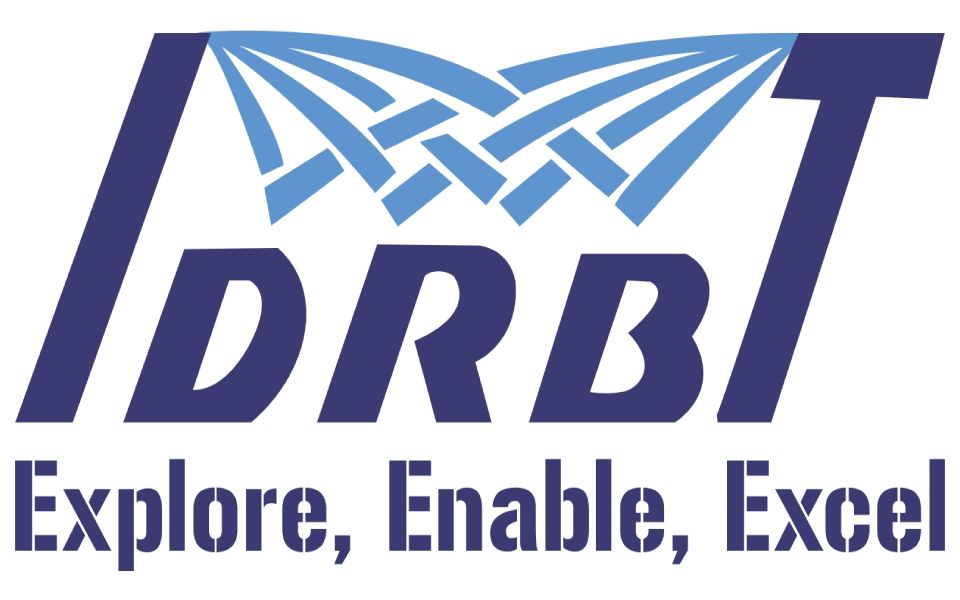Advisory Meeting 5G Use Cases Lab for BFS
Advisory Meeting 5G Use Cases Lab for BFS
Date:April 20, 2021 |
|---|
Agenda
- Approve minutes from first advisory committee meeting
- Provide demo of AR/VR and related BFS apps
- Share our present plan for rural pilots
- Administrative - Next meeting – cadence
Last meeting minutes (1/5)
Open remarks by Prof Janakiram:
Opening thoughts from Advisory Committee members:
- Dr Aloknath De –
- Shared that Samsung already has 20+ Mobile device models with 5G support
- Samsung is working on private network in US and Korea
- Suggested to look at Backhaul, Penultimate/Edge and Last mile while exploring use cases with reference to machine-2-machine communication, high bandwidth and low latency
- Suggested to look at “Mobile first” as focus
- Mentioned Video KYC, Fraud detection use cases that can benefit due to 5G
- Mr. Abhijit Chakravarthy –
- Use Cases with a) enhanced customer experience b) Mobile bank c) Remote Monitoring of ATM d) Video KYC e) robust last mile connectivity for small medium enterprises
- Concern on roll out time
- Mr. Arif Khan –
- B2B as the first and then B2C use cases
- Financial Inclusion to be a focus area
- Collaborate on Hackathon, PoC and field trials
- NPCI and Banks would join for POC on Networks with VAS for FI/UPI/Mobile Banking/ATMs.
- Readiness to engage with Startups which is the model adopted for UPI or FasTag.
- Mr. Kulin Thaker –
- Security, rural reachability and edge computing related use cases
- Recommended to start with B2B and then B2C use cases
- Reduce redundancy in network because of 5G
- Mr. Sunil Soni –
- Recommended on B2B and Video KYC related use cases
- Emphasized on priority of 5G Security
- Mr Pankaj Pandey –
- Use cases with IoT, HD Cameras that require higher bandwidth for better damage assessment
- Higher bandwidth for motor and health insurance requirements
- Virtual branches
- Suggested to ensure smooth transition. Factor concern on non-uniform spectrum availability at different places.
- Mr. Saurabh Shukla –
- Rural connectivity for remote banking, security, video KYC, real time fraud analytics as focus areas
- Ready to participate in field trials
IDRBT team presented on:
- Vertical Use Cases Lab model – Its importance on business model, solution alignment, customer validation and growth trajectory
- Quick update on other verticals involved in use cases such as Smart Grids, Railways, Agriculture, etc
- Vision and Targets of IDRBT 5G Use Cases Lab
- Details of Survey with Banks on 3G/4G and 5G. Banks are looking for enhanced security. Banks are expecting more use cases on video, IoT, VR and AR, etc.
- Major activities at IDRBT
- Engagement model with Startups and the approach taken to shortlist ideas
- Development at IDRBT on Network slicing, rural connectivity, IoT and VR/AR
- Test bed with support from CEWiT and IIT-H
- IDRBT presented on two key themes
- Rural connectivity
- Network slicing (INFINET++)
- The discussion on the above two themes will be continued in the next meeting.
- Factor challenges of connectivity, economies of scale and investments already made
- For Banks to be involved in building INFINET++, rope in IBA as applicable
- SDN, Microservices and API focused banking
- Look at long term and short-term goals
- India stack for Video KYC, a model for rural connectivity
- 5G and Beyond for network connectivity
He thanked members for accepting to be part of Advisory Committee. He highlighted the importance of 5G Use Cases Lab for Banking and Financial Services in terms of rural connectivity, private network and security. Prof Janakiram also mentioned about relevance of Blockchain, IoT and other emerging technologies for Banking and Financial Services in the realm of 5G. He has requested advisory committee members to provide thought leadership on this 5G initiative and Guide on collaboration with global/national academic institutes, mobile device manufacturers/ OEMs and collaboration with startups.
Administrative
- Meeting schedule / rhythm
- Third Tuesday / Wednesday of every quarter?
- 90 minutes ?
- Start at 3 PM?
- Should we have smaller working groups for actual experiments in the field?
